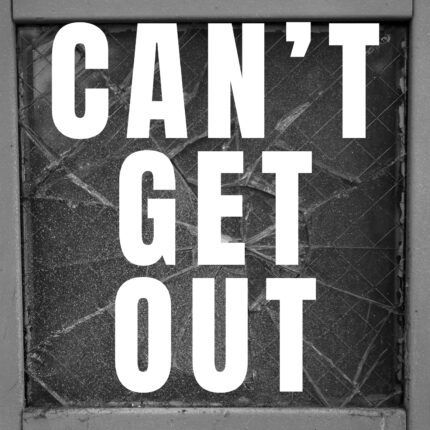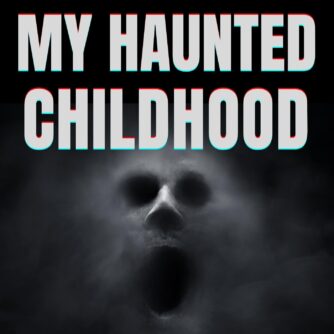What you are about to read isn’t just a “scary story.” Everything you are about to read actually happened. The real actual interview for this story can be heard by clicking here.
In the heart of Northfield, Minnesota, a town where history is as rich and deep as the roots of its ancient trees, Erick Sommers found himself living in a building that was a silent witness to a violent past. This was no ordinary building; it was an old bank, a relic from 1876, which had once faced the wrath of Jesse James and his notorious gang. Northfield, with its prestigious colleges and idyllic downtown, might seem like a postcard from a bygone era, but Erick’s tale reveals a darker underbelly, one that whispers of unresolved spirits and unquiet shadows.
Erick, a journalist for the Northfield News, had chosen this quaint town for its charm and history. Little did he know that his residence in the old bank building would become the setting for a chilling encounter that would haunt him for years to come. The building, imposing with its tall stories and deep-set windows, seemed to hold within its walls the echoes of its tumultuous past.
One fateful night, after a routine that had become second nature to Erick—coming home, feeding his cat, and deciding to take out the trash—he stepped into the trash room, a decision that would plunge him into an experience beyond the realm of the ordinary. The room, usually so mundane, transformed into a prison of darkness and despair. The door, which should have opened with ease, became an immovable barrier. The motion-sensor lights, designed to ward off the shadows, flickered and died, leaving Erick enveloped in an oppressive darkness.
As panic began to set in, Erick realized that the door’s refusal to open was just the beginning of his nightmare. The lights, unresponsive to his frantic movements, seemed to mock his plight. And then, the temperature plummeted, wrapping Erick in a cold so intense it seemed to seep into his very bones. This was no ordinary chill; it was as if the warmth of life itself was being siphoned away by an unseen force.
Trapped in the pitch-black room, Erick’s mind raced for explanations. The building, with its history of violence and death, seemed to be closing in on him. The cold, the darkness, the unyielding door—all of it felt as if it were orchestrated by an entity, a presence that lingered in the shadows, a remnant of the bank’s bloody past.
In his desperation, Erick shouted for help, but the thick stone walls muffled his cries. The realization that he was utterly alone, save for the malevolent force that seemed to revel in his fear, pushed him to the brink of madness. Time lost all meaning as Erick grappled with the terror that enveloped him, a terror so profound it threatened to consume him whole.
And then, as suddenly as it had begun, the ordeal was over. The lights flickered back to life, the door swung open, and Erick stumbled into the night, his body and soul shaken. He sought refuge in the town square, his mind reeling from the encounter. The experience left him questioning the very fabric of reality, haunted by the feeling that he had brushed against something ancient and malevolent.
Years later, driven by a need for answers, Erick returned to the building, now a museum. He learned that the spot where the trash room stood was the very place where a banker had been murdered during Jesse James’ failed robbery attempt. The blood of the past, it seemed, had left a stain not just on the floor but on the very essence of the place.
Erick’s story serves as a chilling reminder that history is not just a series of events to be remembered and recounted. It is a living, breathing entity that can reach out from the depths of the past to touch the present. In Northfield, amidst the beauty and tranquility, there lurks a darkness, a reminder that some doors, once opened, can never be fully closed again.
Listen to the real interview that this story is based on. Click here.


